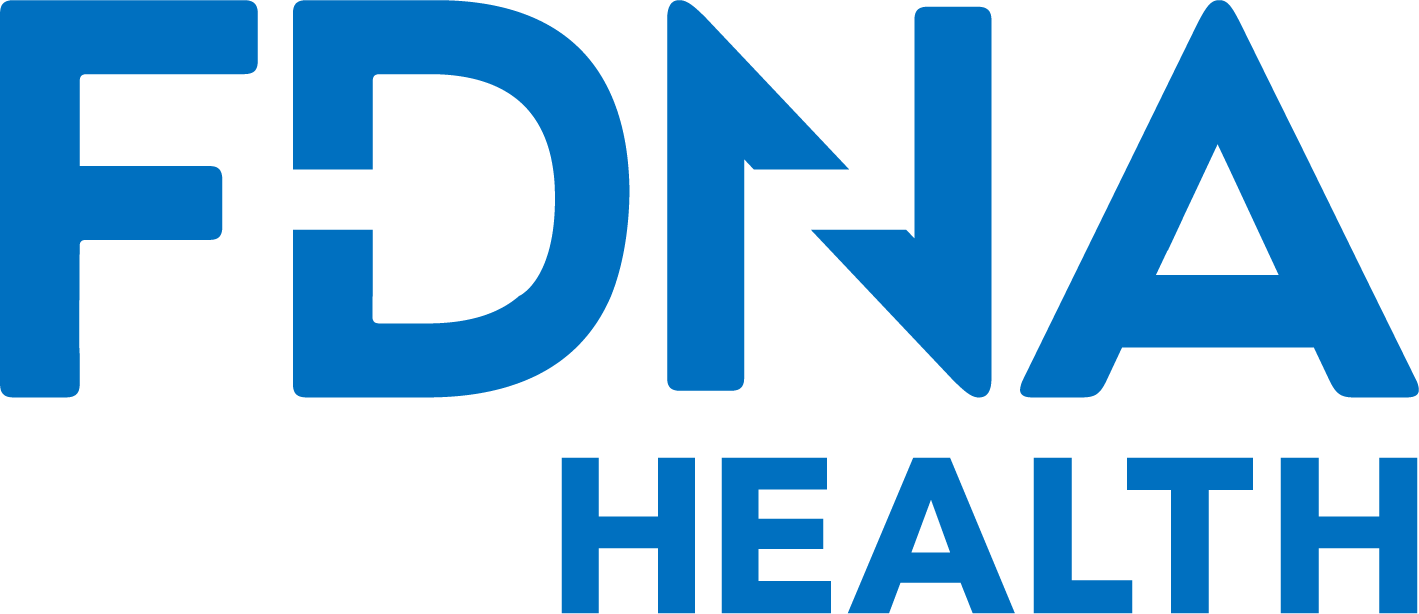Explaining Inheritance Modes and Patterns
How mutated or changed genes are passed down through families, understanding how genetic syndromes are inherited
How genetic syndromes are inherited: Autosomal dominant:
A single copy of the mutated gene, on the non-sex chromosomes (autosomes), in each cell of the body is enough to cause a disorder or syndrome associated with this changed gene. This mutated gene may be inherited from an affected parent, or it may be the cause of a de novo or new mutation.
Examples of Syndromes inherited in an autosomal dominant pattern:
- Marfan syndrome
- Ehlers-Danlos syndrome
- Neurofibromatosis
- Achondroplasia
How genetic syndromes are inherited: Autosomal recessive:
Both of the genes in each cell should have mutations. This means also that the parents of an affected individual both carry one copy of the changed gene but rarely show any features or symptoms of the syndrome to cause disease.
Syndromes inherited in an autosomal recessive pattern:
- Tay-Sachs
- Mucopolysaccharidoses
- Cystic Fibrosis
- Joubert syndrome
How genetic syndromes are inherited: X-linked recessive:
Syndromes inherited in an X-linked recessive pattern are the result of mutations in the genes on the X chromosome.
Males, who have just one X chromosome, need just one copy of the mutated gene in each cell to have the syndrome.
Females, who have two X chromosomes, would need the mutation in both copies of the gene to have the syndrome.
This means that males are affected much more often than females with X-linked recessive syndromes. With X-linked inheritance syndromes fathers are not able to pass the traits onto their sons.
Syndromes inherited in an X-linked recessive pattern:
- Fabry disease
- Lesch-Nyhan syndrome
- Alport’s syndrome
- Color blindness
How genetic syndromes are inherited: X-linked dominant:
Syndromes inherited in an X-linked dominant pattern occur due to mutations in genes located on the X chromosome. The X chromosome is one of two sex chromosomes that can be found in each cell.
Females, who have two X chromosomes, need only the mutation in one of the two copies of the gene in each cell to present with the syndrome. Females are more likely to be affected by syndromes inherited in this pattern.
For Males, who have one X chromosome and one Y chromosome, the mutation is in the only one copy of the gene in each cell and this is what causes the syndrome. This then also means that males tend to experience more serious symptoms or features of the syndrome than females.
With X-linked inheritance syndromes fathers are not able to pass the traits onto their sons.
Syndromes inherited in an X-linked dominant pattern:
- Rett syndrome
- Double-cortex syndrome
- Alport syndrome
- Goltz syndrome
How genetic syndromes are inherited: Mitochondrial:
Genetic syndromes inherited in a mitochondrial pattern are caused by mutations in the mitochondrial DNA, or changes to the nuclear DNA that regulate mitochondrial metabolism. These mutations affect the mitochondria (they produce the chemical energy necessary for the biochemical reactions of the cell) and the production of energy.
Mutations in the mitochrondiral DNA are inherited from the mother. This is because only the Mother provides mitochrondiral DNA to her children from her ovum (eggs).
Mutations in the nuclear DNA may be autosomal dominant, autosomal recessive or X-linked.
Syndromes inherited in a Mitochondrial pattern:
- Leigh syndrome
- Neonatal lactic acidosis
- MELAS syndrome
- Mitochondrial myopathy
How genetic syndromes are inherited: Y-Linked:
These syndromes occur when the mutated gene responsible for them is located on the Y chromosome. Males have one X chromosome and one Y chromosome. This means these mutated genes can only be passed from father to son.
Syndromes inherited in a Y-linked pattern:
- Alagille syndrome
- Swyer syndrome (some cases)
Understanding more about how mutations in our DNA might potentially affect our future health, and the health of our children, is crucial to helping families stranded in a diagnostic journey or in receipt of a misdiagnosis. How gene mutations are passed down is also important for families who are considering a second or future pregnancy following a rare genetic syndrome or rare disease diagnosis. Arming them with the right information, through genetic counseling and analysis, so that they can plan future pregnancies accordingly.







